Abbey Grobe, Veterinary Technician at The Maryland Zoo in Baltimore is currently spending part of her holiday in New England helping teams of veterinary professionals care for hundreds of cold stunned sea turtles that have been beached off the coast of Massachusetts. The rescue work she’s participating in is taking place at The New England Aquarium. We’re so excited to have a member of our own amazing Zoo vet staff participating in this critical conservation effort. Below is a recent blog post and some photos from her trip. View all the photos on her Facebook album.
Abbey’s Post from December 27, 2012:
Cold stunned turtles wash up on the shore of Massachusetts every year. Turtles normally travel this far up the coast, but when it is time to head back south, they get stuck in the arm of Cape Cod. As the weather cools, the cold blooded turtles float to the surface, stunned from the cold. Because of this, these creatures are then left to float with the currents. Once they wash up on shore, time is critical. Predator attacks from gulls, dogs and exposure to the cold weather can further injure these endangered turtles. Conservation organizations schedule beach walks to find and retrieve these turtles. It is extremely important to not warm them up too fast. But this year the New England Aquarium’s (NEAq) turtle season started early and continues to be a very large one. So far more than 209 turtles come through the door. A normal year is anywhere from 20-60 turtles with the higher end of that making for a busy year.
Before joining The Maryland Zoo, I spent time at NEAq for 3 years as the Aquarium Medical Center Manager/Vet Tech I’ve spent some time working with cold stunned sea turtles in the past. Then in 2010, as a Vet Tech from Shedd Aquarium, I went to help in Florida during their emergency cold stun event.
I started my most recent day at 5am in Quincy, Massachusetts. The NEAq has a satellite facility there where they house their Rescue Rehab department along with other space for the aquarium. Just before 5am, volunteers, interns, externs and staff started to arrive. We treated turtles with subcutaneous fluids, prepared and safely placed 6 loggerhead turtles on a ground transport to the other facilities to help aide this large rescue effort.
Then we did the same for 11 loggerheads, 2 greens and a hybrid going to the Hyannis airport to fly south to Florida. Turtles are being sent to many different facilities equipped to care for the large numbers that have been rescued. After that, we started the normal routine for the rest of the turtles in the NEAq hospital.
I spent most of the day examining turtles, drawing blood, giving fluids and eye drops, treating scrapes and other abrasions with SSD ointment. We had 3 teams of 2 working all day until 2:30pm to get the treatments for the day done. It was nice to know I still got my turtle blood drawing skills! It is like riding a bike.
While I spent time in the treatment area, other interns and volunteers were feeding and cleaning the other turtles. Because of the high numbers of turtle patients the feeding and cleaning both take longer than usual. The pools are holding more turtles, so that means more attention is needed to water changes and water quality.
At the end of treatments I prepared to head out for the day, but there was still lots to do. Medicine had to be made up for the next days treatments. Afternoon treatments would start soon. And possibly more added to the treatment list depending on what the blood work from the morning showed.
We had one loggerhead sea turtle arrive while I was there. It came in with a temperature in the 40s. We started with respiration rate and heart rate. This turtle did not have a heart rate that we could hear with the Doppler at first, but we saw movement and breaths. We took an internal temperature and external measurements. Took pictures of the condition it arrived in. This turtle seemed in very decent condition — no major wounds, no bites or obvious predator issues. Just cold and sandy. Our first step is to babysit the turtle in a kiddie pool for a swim to get them active and moving. After many attempts to swim, the turtle had a heart rate of 6 per minute. Hopefully the turtle will perk up more with each swim.



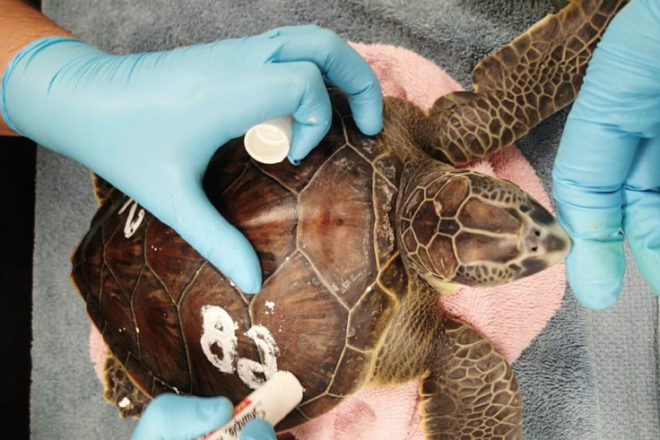
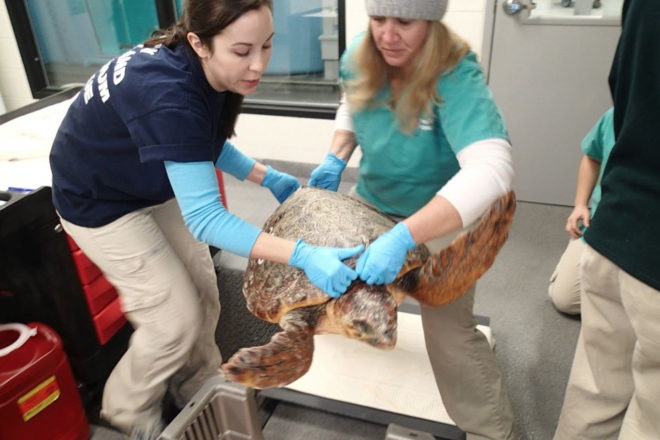
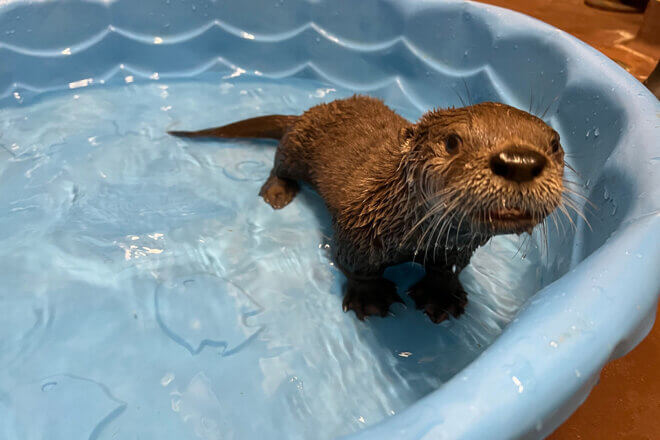
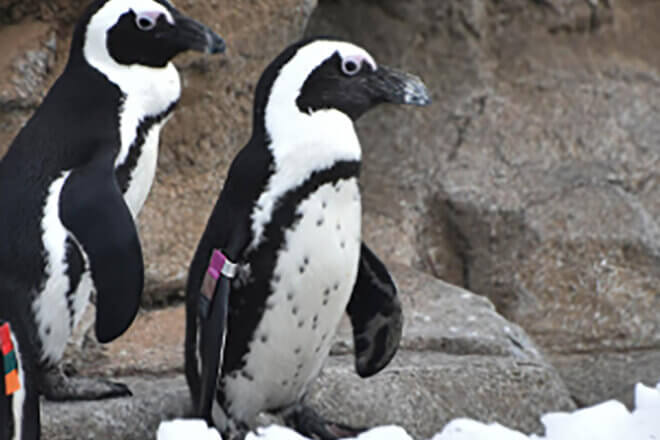
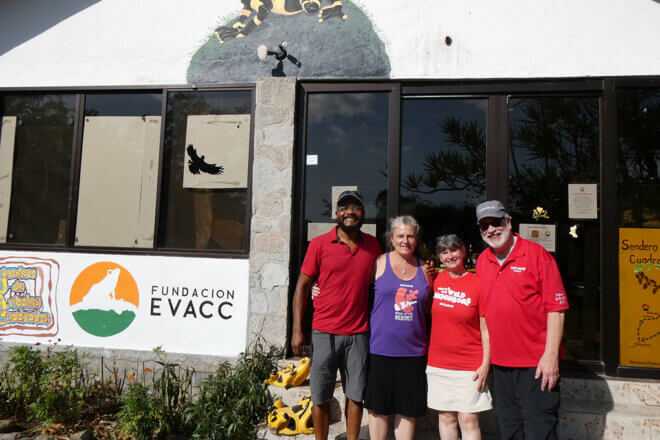

Share this article